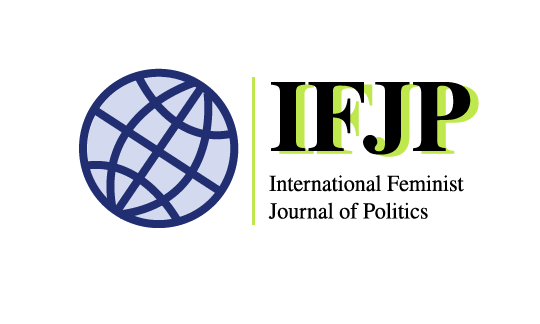Those who try to reap where they never sowed: Gender, land rights, and financialization
by
In the context of the “global land grab,” both international institutions and activists look for ways to protect the land rights of rural peoples. However, we also need to think about how women are uniquely impacted by land use changes – and neither institutions nor activists have it fully figured out.
Photo by Andrea Collins
Since the early 2000s, we have seen a steep increase in foreign land acquisitions, also known as the ‘global land grab.’ The Land Matrix estimates that over 49 million hectares of land have been acquired through large-scale purchases of land across the world, and 8 of the top 10 countries targeted for investment are in the Global South. The increased role of financial markets and institutions in the agricultural sector – known as financialization – has been driving speculative interest in land in both the Global North and Global South. This has led to concerns about how financialization and speculation affect land security for small-scale farmers, peasants, and Indigenous peoples. In several parts of the world, communities have been displaced from traditional lands or denied access to key resources, like water or forests, as a result of these land acquisitions.
At the same time, women take care of an estimated 43% of the world’s agricultural labour – a number that climbs to 60-70% in sub-Saharan Africa – while legally possessing less than 20% of the world’s agricultural land. The World Bank notes that an estimated 40% of countries have at least one legal constraint on women’s property ownership. Women’s lack of access to legal land rights in the context of global land acquisitions creates unique and specific gender-based vulnerabilities. Increased interest in land can undermine women’s access to or control over land and overlook the ways in which women use land to support their communities.
In order to address the issue of land acquisitions, both international institutions and activists have tried to develop ways to protect the rights of rural peoples. Many international institutions have focused on the importance of protecting land through registering land rights and expanding land markets. They argue that for rural peoples to benefit from agricultural investment, they need strong legal protections that allow for market participation. In contrast, some activists and scholars working on behalf of indigenous peoples and rural farmers have argued that collective rights to land may provide a stronger counterpoint to financialization and commercialization. By protecting collective rights and preventing the enclosure of public lands by states and investors, activists hope to protect indigenous and traditional ways of life as well as the ecological health of rural areas.
However, as my research shows, both of these approaches to land rights tend to overlook how women experience land rights and land markets. For instance, we know that women in rural areas tend to have fewer financial resources, tend to be excluded from or underrepresented in discussions on land and decision-making, and they tend not to be issued titles to land. This means that the institutional approach overlooks important social and economic factors. At the same time, many traditional land ownership and governance practices have historically favoured men through patterns of inheritance (patrilineality) and residence patterns where women leave their own families to reside in their husbands’ communities (patrilocality). Some traditional approaches to land tenure can also lead to the exclusion of women’s concerns from decision-making over land as well. Rhetoric that idealizes rural ways of life and traditional divisions of labour can also overlook unequal labour burdens and prevent more gender-equitable distribution of land rights and other resources in rural communities.
In order to address these gaps, I argue that both institutional and activist approaches to land rights need to do more to consider the position of women and other historically underrepresented groups within rural communities.
Fortunately, national and global feminist activists have begun prioritizing these issues in their work and are pushing for change. For example, the World March of Women, a transnational feminist network of activists, has used the language of food sovereignty across dozens of different countries, linking issues of land, seeds, water and climate change to feminist issues of resource control, political decision-making, and the valuing of diverse knowledges.
Importantly, there are clear challenges and contradictions in the global efforts to reform land rights that would benefit from more feminist research in global politics. I argue that it is critical that we as feminist scholars produce more intersectional, context-specific research in the global politics of land, food and agriculture to draw attention to the complexity of gender inequality, the diversity of feminist perspectives on land and agriculture, and global institutional and activist dynamics. How can we develop better policy recommendations on gender and land issues, both within international institutions and collective rights movements? Whose voices are heard and what issues are prioritized? Are there examples of best practices that exist within institutions and collective movements already, and what strategies might travel well?
Read the full article: Financialization, resistance, and the question of women’s land rights


